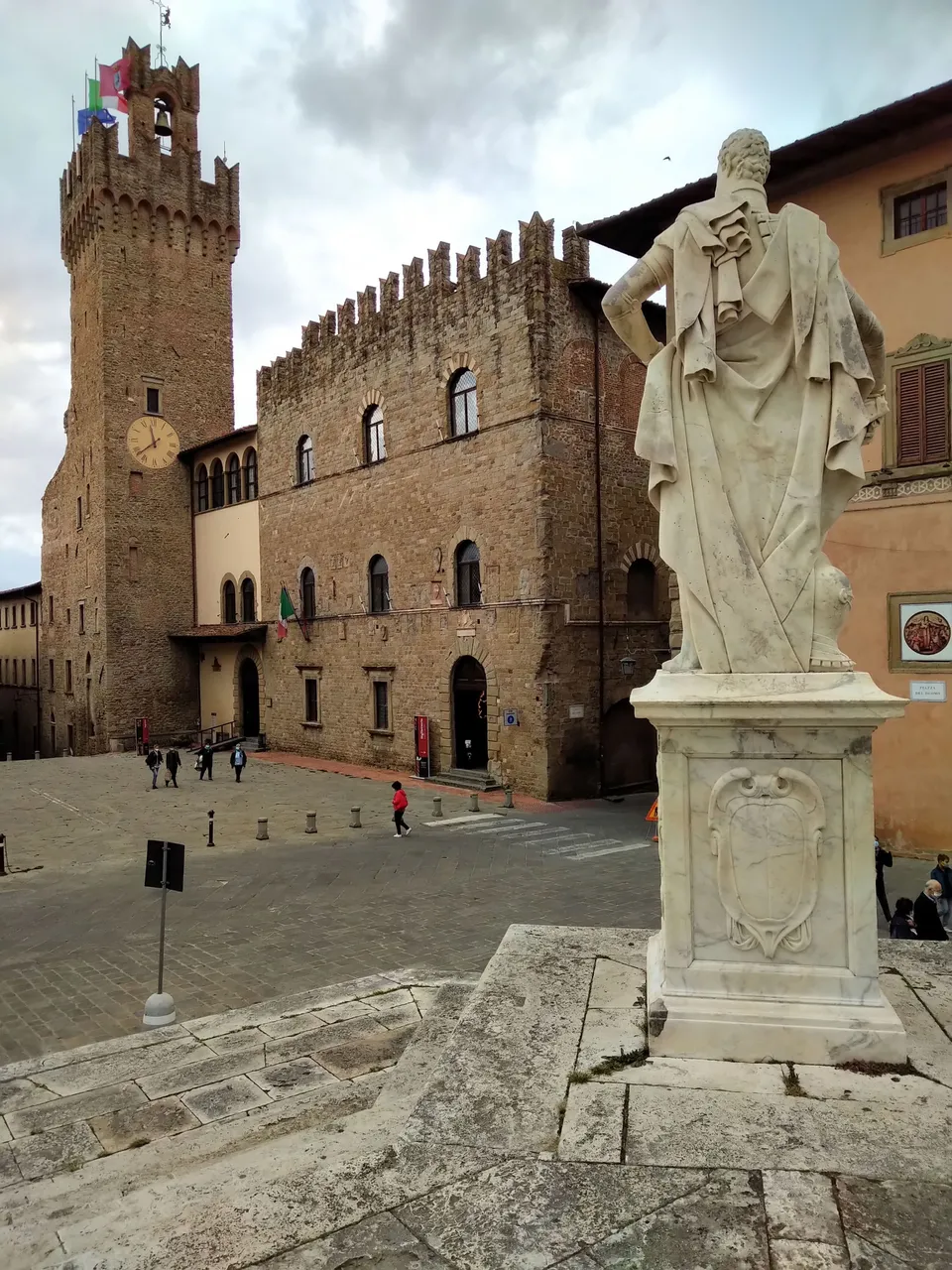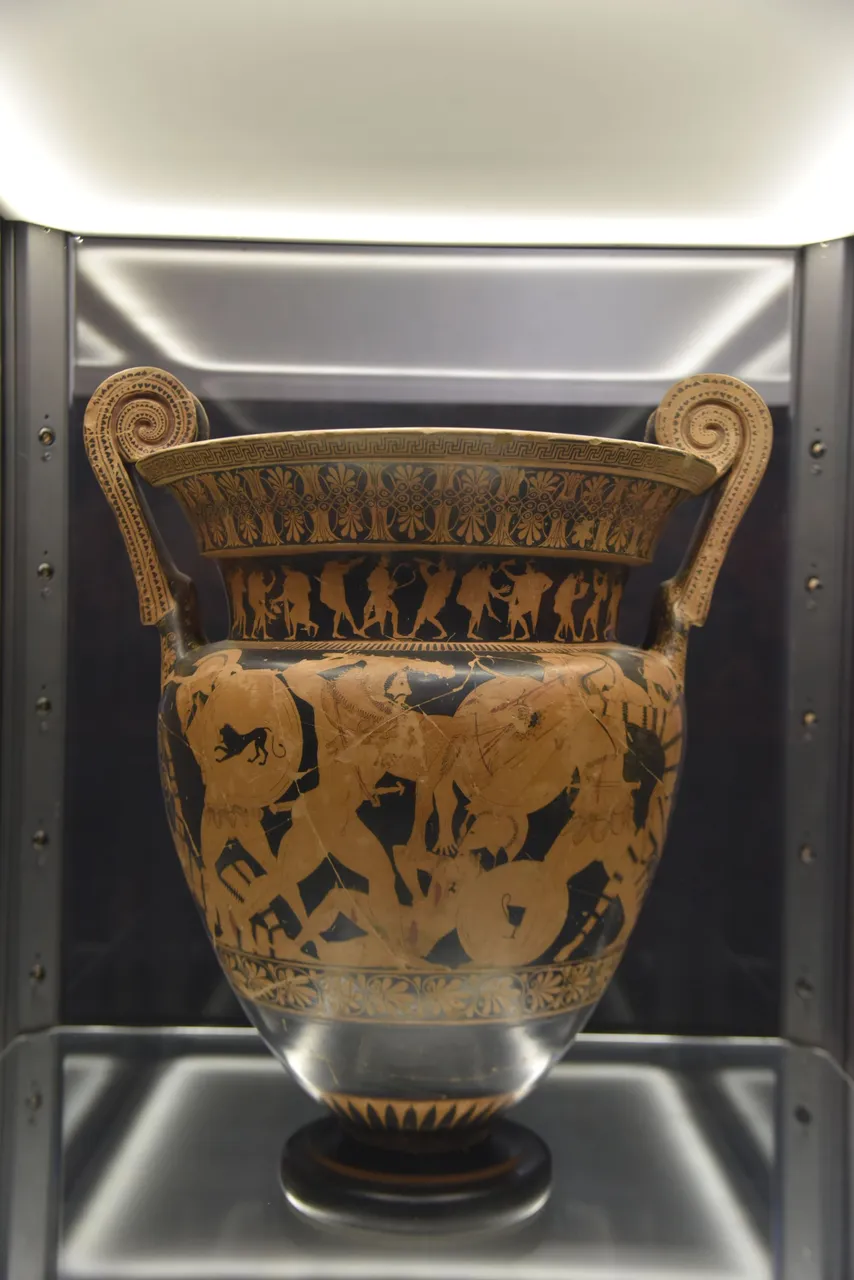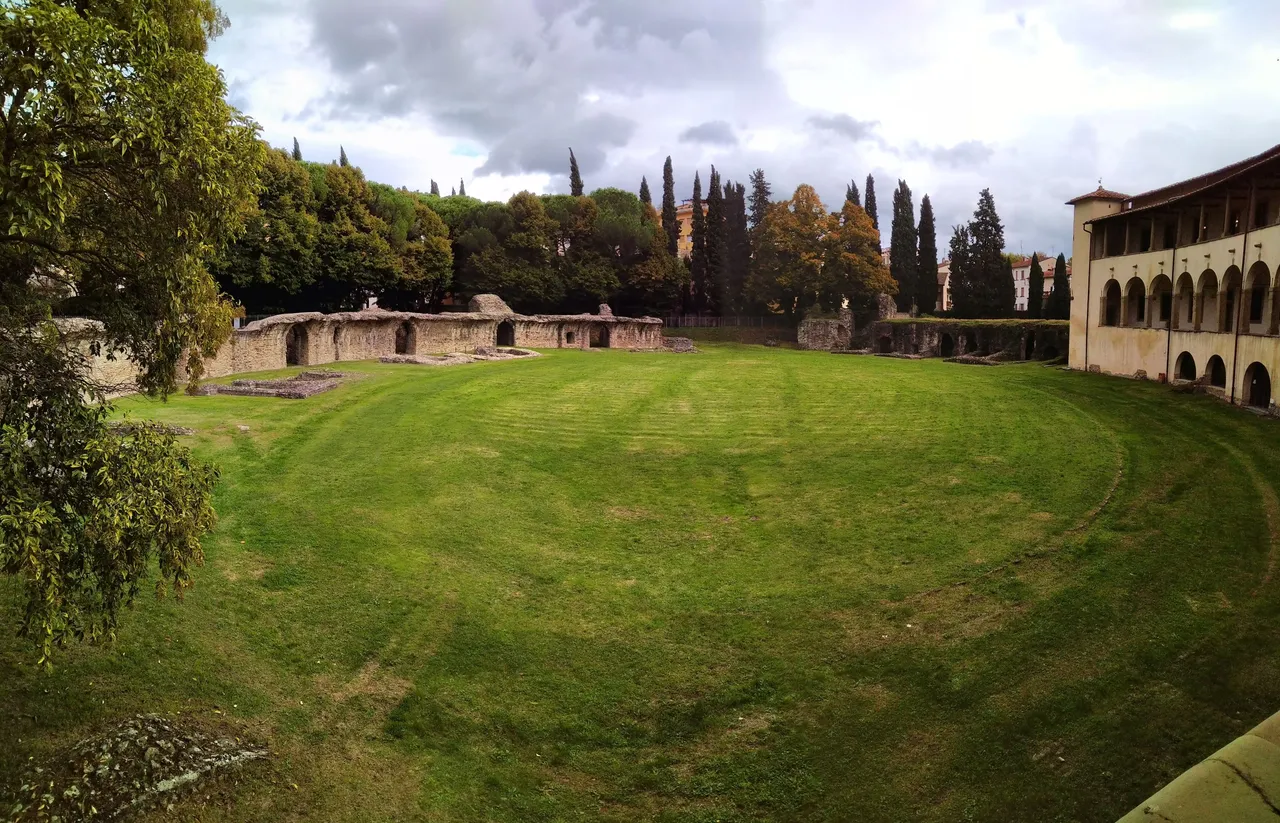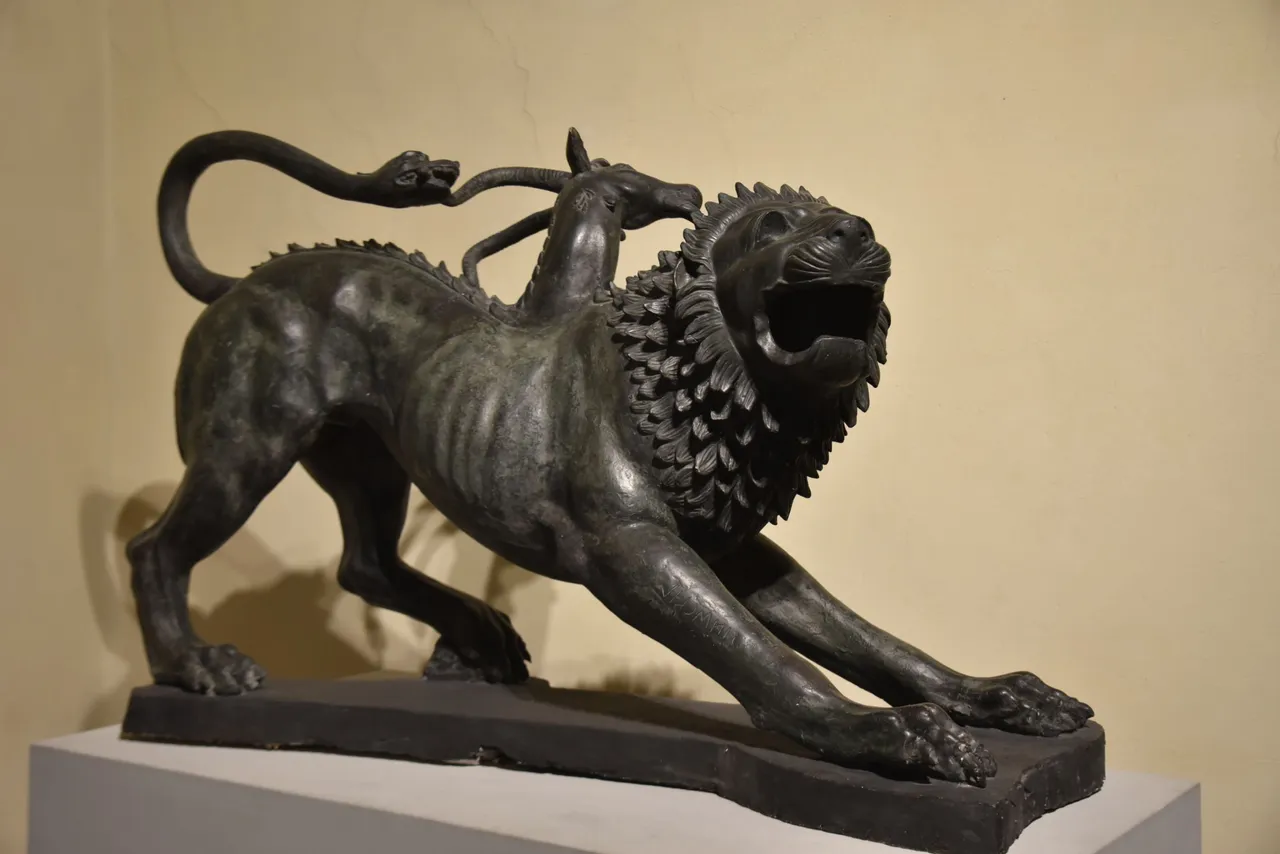Lo scorso autunno mi son messo in viaggio con mia sorella @be-claere per raggiungere il piccolo borgo di Scansano, per questioni di lavoro e investimenti, ma questa è una storia che vi racconterò più avanti, per ottimizzare al massimo i tempi abbiamo deciso di fermarci prima ad Arezzo e poi proseguire verso Grosseto dove ci siamo fermati per la notte e in seguito raggiungere il borgo di Scansano, facendo ritorno a casa poi passando per Siena.
Last autumn I traveled with my sister @be-claere to reach the small village of Scansano, for work and investment reasons, but this is a story that I will tell you later, to optimize the times we have decided to stop first in Arezzo and then continue towards Grosseto where we stopped for the night and then reach the village of Scansano, returning home then passing through Siena.

image from google maps
Arezzo è una città spettacolare arroccata sui colli Aretini con una storia millenaria di lavorazione della ceramica, la cosiddetta ceramica arretina, questo sicuramente ve lo spiegherà meglio mia sorella, che è archeologa e conosce tutto nei minimi dettagli, io cercherò di limitarmi a introdurvi nel mio percorso di viaggio.
Nel punto più alto dell'agglomerato urbano troviamo il Duomo di Arezzo Ovvero la cattedrale di San Pietro e Donato, una costruzione in stile gotico costruita con pietra arenaria dal colore ocra, purtroppo questo materiale a differenza dei marmi col tempo a causa della sua permeabilità all’umidità tende a sgretolarsi e quindi i blocchi con la quale è composta la chiesa si svuotano creando delle conche.
Arezzo is a spectacular city perched on the Aretini hills with a millenary history of ceramic processing, the so-called Arretina ceramics, this will surely be explained to you better by my sister, who is an archaeologist and knows everything in detail, I will try to limit myself to introducing you to my travel route.
At the highest point of the urban agglomeration we find the Cathedral of Arezzo or the cathedral of San Pietro and Donato, a Gothic-style construction built with ocher-colored sandstone, unfortunately this material unlike marble over time due to its permeability to humidity tends to crumble and therefore the blocks with which the church is composed are emptied, creating hollows.


Sulla zona del sagrato antistante alla cattedrale poggia un basamento sul quale vi è raffigurata la statua marmorea di Ferdinando I Dè Medici un mecenate della nobile casata Toscana allora proprietaria di una delle più grandi reti di banche dell’odierna europa.
On the area of the churchyard in front of the cathedral rests a base on which is depicted the marble statue of Ferdinando I Dè Medici, a patron of the noble Tuscan family at the time owner of one of the largest banking networks in the actual Europe.
Nelle vicinanze della cattedrale sulla parte opposta della strada troviamo il palazzo comunale di Arezzo, il cosiddetto palazzo dei Priori che tende più all’architettura Senese che quella Aretina, stili e materiali costruttivi cambiano, vengono utilizzati infatti mattoni principalmente e rocce di vario tipo, all’interno possiamo trovare numerosi quadri e affreschi di artisti famosi.
Near of the cathedral on the opposite side of the road we find the municipal building of Arezzo, the so-called Palazzo dei Priori which tends more to Sienese architecture than that of Aretina, styles and construction materials change, in fact mainly bricks and rocks of various types are used. inside we can find numerous paintings and frescoes by famous artists.

Sul retro della cattedrale c’è un parco e al centro potrete trovare un monumento marmoreo dedicato ad una delle tre corone Fiorentine ovvero Francesco Petrarca, noto poeta e scrittore di fama internazionale, ma il vero spettacolo lo potete osservare nella zona Nord est dove vi è un muro di contenimento dal quale si può ammirare l’intera vallata, ricca di uliveti e vigneti, uno spettacolo tipico della zona dei colli Aretini.
On the back of the cathedral there is a park and in the center you can find a marble monument dedicated to one of the three Florentine crowns or Francesco Petrarca, a well-known poet and writer of international fame, but the real show can be observed in the North East area where there is a retaining wall from which you can admire the entire valley, full of olive groves and vineyards, a typical spectacle of the area of the Aretini hills.


Sicuramente girando Arezzo ma anche altre città toscane sarete in grado di trovare questo oggetto metallico incastonato nella muratura, è l’anello dove in epoca medievale si era soliti a legare il cavallo, in queste città montuose il cavallo era il mezzo più efficiente con il quale muoversi velocemente e quindi fuori dai palazzi e dagli edifici più importanti si possono ancora oggi trovare questi grossi ganci per il bestiame, questo è il mio dettaglio preferito di Arezzo.
Surely by touring Arezzo but also other Tuscan cities you will be able to find this metal object set in the masonry, it is the ring where in medieval times people used to tie the horse, in these mountainous cities the horse was the most efficient means with which move quickly and therefore out of the most important palaces and buildings you can still find these big cattle hooks today, this is my favorite detail in Arezzo.
🤠🐴

I want to show you some pictures of the alleys and streets of the ancient Aretino village because they are things that can only be experienced if you physically walk around the city, they may not have fame but are still worthy of being seen




Come vi ho detto precedentemente avendo una sorella archeologa non potevo sfuggire dalla visita del museo archeologico di Arezzo che era nell’antichità parte del vecchio anfiteatro romano in parte ancora visibile, dentro al museo potrete apprezzare l’estro dei maestri etruschi nella lavorazione dei metalli e dei vetri, ancora oggi gioiellieri da tutto il mondo vengono per analizzare da vicino gioielli risalenti ai primi secoli A.C.
sono rimasto affascinato da un vaso di cui avevo già sentito la storia in un documentario, gemello di questo ad Arezzo restituito dal metropolitan Museum all’italia che aveva acquistato da dei saccheggiatori delle tombe di Cerveteri per mezzo milione di dollari, quest’altro sito ad Arezzo era stato acquistato da un nobile signore etrusco per contenere le proprie ceneri ed è stato ricostruito in tempi più odierni da 53 pezzi. Questo è sicuramente il pezzo più di valore della galleria del museo sebbene non appartenga alla ceramica Aretina.
As I told you previously, having an archaeologist sister I could not escape the visit of the archaeological museum of Arezzo which was in ancient times part of the old Roman amphitheater in part still visible, inside the museum you can appreciate the inspiration of the Etruscan masters in metalworking and glass, still today jewelers from all over the world come to closely analyze jewels dating back to the first centuries BC.
I was fascinated by a vase of which I had already heard the story in a documentary, twin of this one in Arezzo returned by the Metropolitan Museum to Italy that it had bought from looters of the tombs of Cerveteri for half a million dollars, this other site for Arezzo had been bought by an Etruscan nobleman to contain his ashes and was rebuilt in more modern times from 53 pieces. This is certainly the most valuable piece in the museum gallery although it does not belong to the Aretina pottery.



A work certainly symbolic of the city unfortunately visible only in faithful reconstruction because it is deposited in the national museum of Florence is the Chimera, a representation of a mythological animal in solid bronze.

In order not to dwell too much, I will continue the journey in the next posts ☀️✈️
